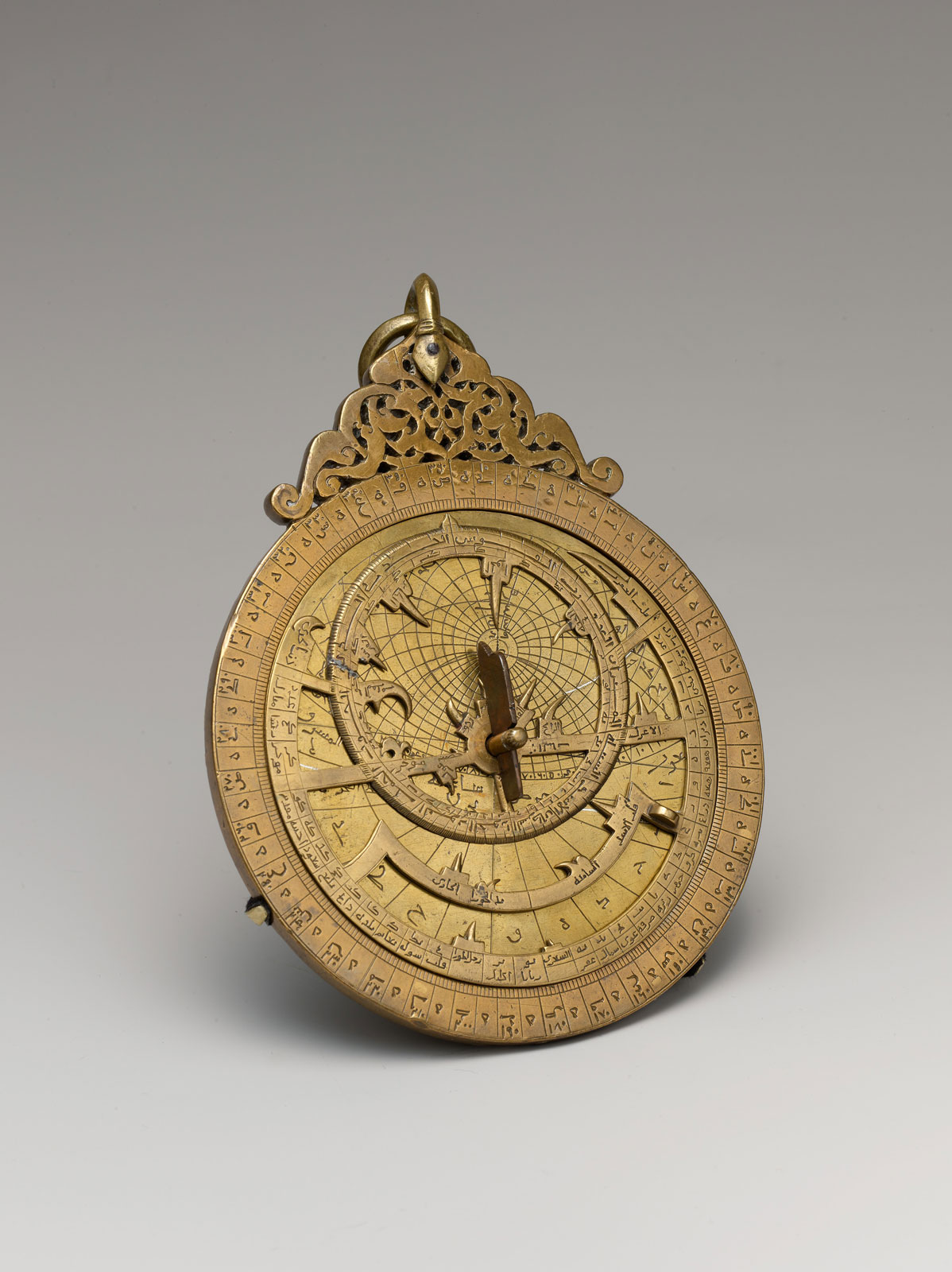The Astrolabe

The Astrolabe was created in 120 BCE - 1600 CE (narrowed down to 200 BCE by some historians) in the Islamic World. The brass astrolabe was one of the most important inventions created in the Age of Exploration. It could determine local time and latitude, measure the angles of stars, locate the positions of the Sun, Moon, planets, and more. It's fundamental purpose was to make astronomical measurements. Without it many people wouldn't be able to explore. The astrolabe was highly developed in the Islamic world by the 9th century. It helped determine the astronomically defined prayer times, and was an aid in finding the direction to Mecca - Islam's holiest city. Not only did it help explorers but religions and cultures as well. Although not known for certain, it is believed that the first astrolabes may have been created by Hipparchus in 150 BC. The largest collection of astrolabes is located in Oxford, in the UK at the Museum of the History of Science. The creators of the astrolabe are still not decided on.